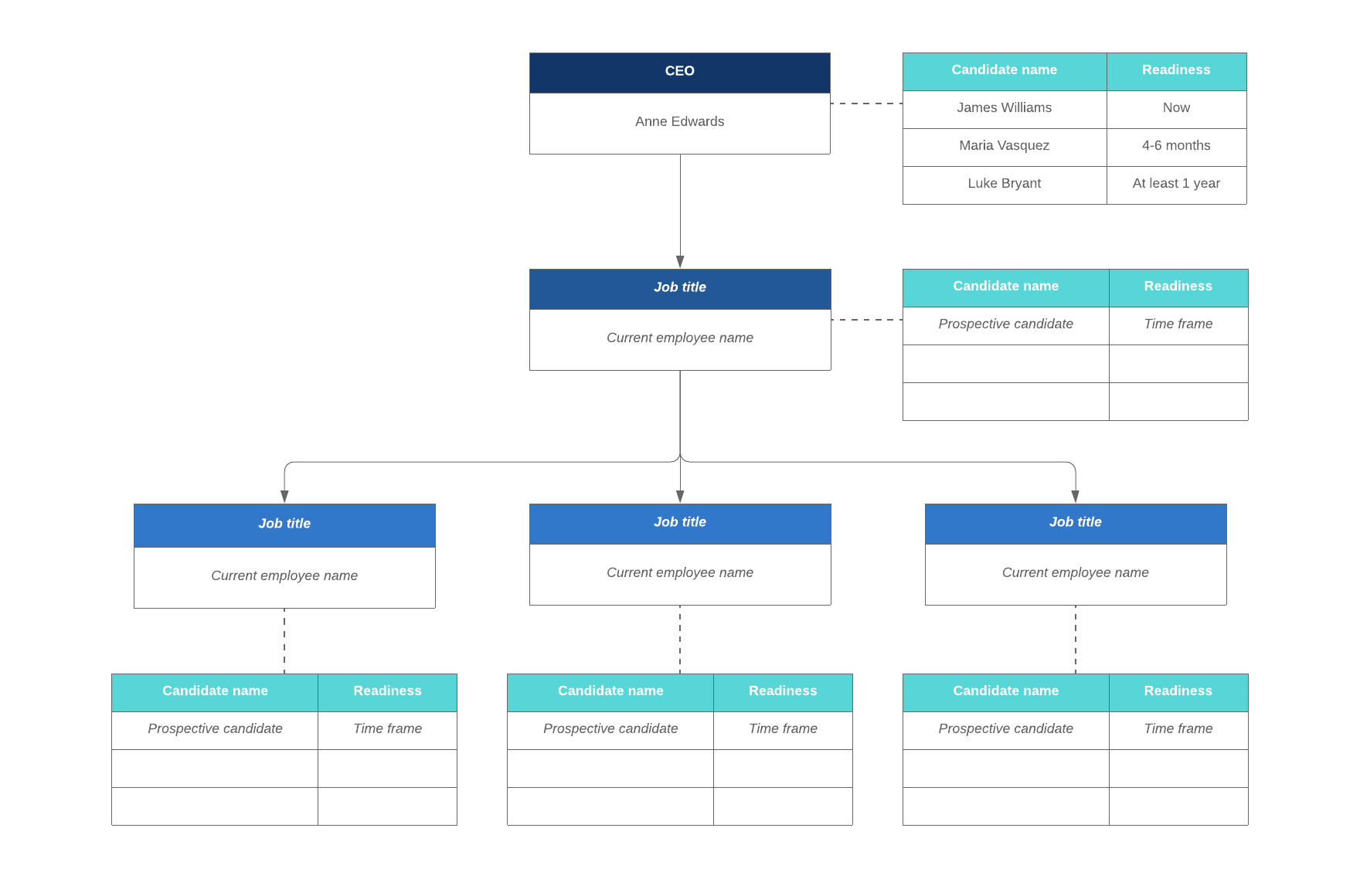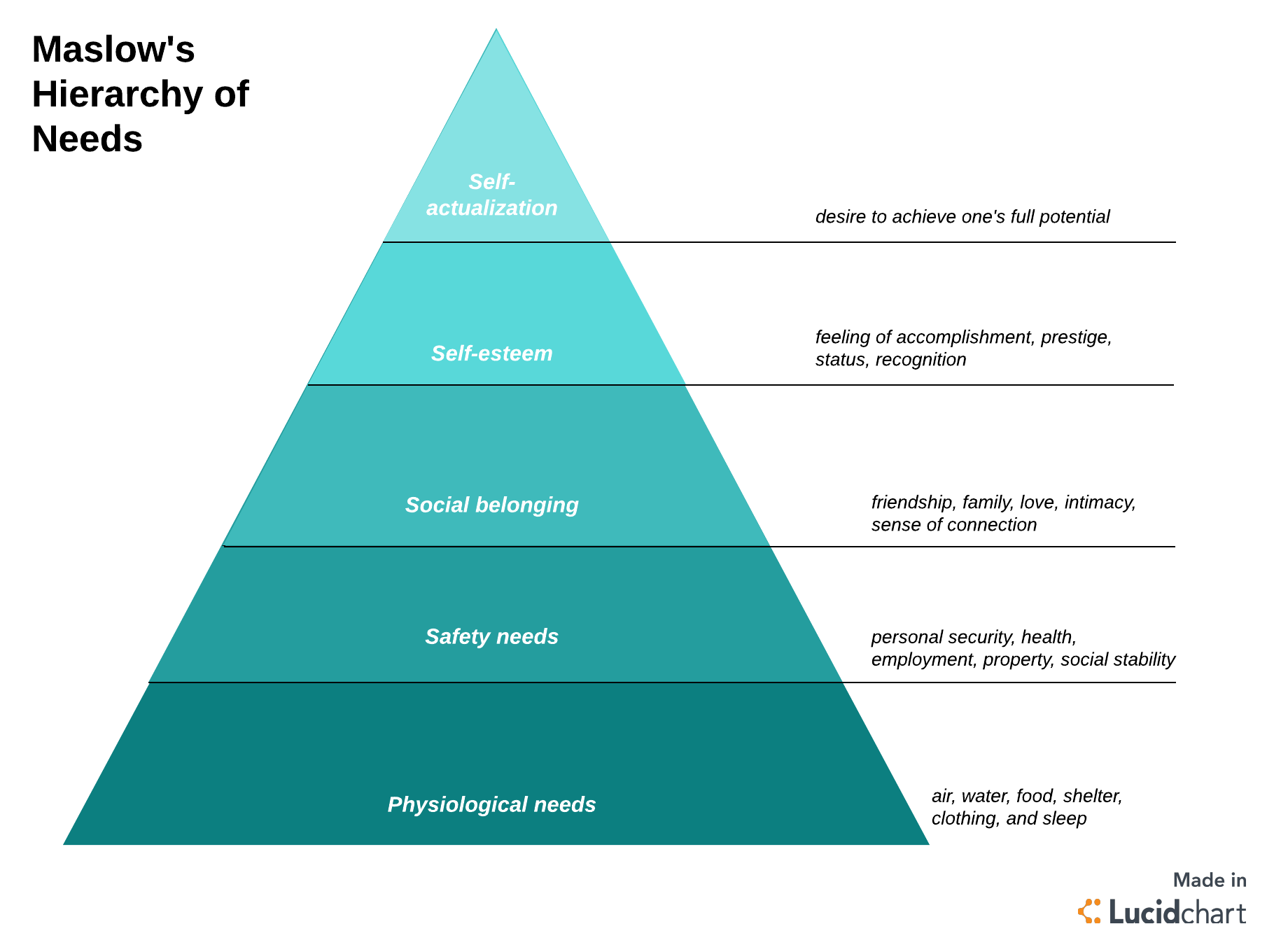What is succession planning?
The succession planning process helps organizations recruit, identify, and develop employees to take on new leadership positions or replace current leaders when they retire or leave the company.
A necessary part of business success is preparing for every possible outcome. Proper planning means the difference between weathering a storm and drowning beneath the inevitable changing tide.
Succession planning, then, should be treated as a necessary failsafe against change and a way to keep your business running smoothly.
A responsible and self-aware owner, human resources department, or senior executive embraces change and knows that a rotating employee base is natural to any company, even while striving for employee retention. The most enlightened leaders know that sometimes top performers will outperform their position and need to move on. Some may even change careers entirely, moving on for more fulfillment, more money, more opportunity, or myriad reasons people leave positions behind. And it doesn’t have to be bad.
In fact, with proper planning, effective people management, and responsible communication, your succession plan may end up serving the company even better in the future as you navigate through changes.
What is succession planning?
Succession planning is the process whereby an organization ensures that employees are recruited and developed to fill each key role within the company. During the succession planning process, you ensure that you will never have a key role open for which another employee is not prepared. This process is also significant as you develop your talent bench strength within your organization.
Effective succession planning involves having a long-term vision of your company and may involve lateral moves, assignments to special projects, leadership within teams, and internal or external development opportunities. Understanding the needs of both leadership and employees is vital to the succession process, as it can involve both vertical and lateral advancement for company employees.
Ever wonder why NFL teams keep a second and third-string quarterback ready? This is a key example of effective succession planning. A proper succession plan not only prepares for unexpected employee turnover—it plans for employee promotion and leadership development, creating a self-sustained internal advancement model from the mailroom to the boardroom.

Benefits of a succession planning process
Organizations at every size benefit from organizational succession planning. Consider even the small 10- to 12-person team of a lean startup: Succession planning for companies of this size leverages against the risk of losing a vital team member who takes up a much larger relative percentage of the work output.
By cross-training all members of an organization, a leadership team can mitigate against the often volatile startup space by having employees ready to fill in roles for anyone who may transition within or outside of the company.
Perhaps the company wants to cut costs by eliminating a position and redistributing responsibilities laterally within the company. Succession planning, then, would entail making sure that current employees are trained on the duties of the role to be eliminated. Management succession planning for small companies could also mean preparing current employees to onboard a new process, new service offering, or even developing a new leadership position.
Let's break down how succession planning will specifically benefit management, HR, and individual employees.
The value of a management succession plan
Managing a successful operation becomes increasingly difficult when you rely on many employees to support your company, from creating the actual products and services to reinforcing the mission statement and vision. Losing key members puts all of those ends at risk. You need prepared employees to step into leadership roles as the company grows or shifts directions.
A management succession plan, which ultimately results in more prepared, well-trained employees, will enable your company to create or supplement leadership positions based on industry growth potential rather than scrambling to adjust and undertraining, potentially missing major opportunities.
Now especially is a time for established companies to actively invest in succession planning for management as baby boomers reach retirement age. As new technology provides a range of business opportunities for digital natives, management succession planning is the perfect opportunity to transition companies into a digital future.
The value of human resource succession planning
HR succession planning begins at the recruitment phase. Companies save valuable time in the succession planning process by onboarding exceptional employees and drawing from their built-in human resource pool rather than headhunting for new positions when leadership roles become available. The human resource cost can add up—in time, money, and energy—and bringing on the right people from the beginning is the best way to both prevent added HR cost and to increase HR value in the long run.
Succession planning for HR begins with H promoting on-the-job shadowing for the right employees, facilitating transfers to different jobs, and developing a top-notch recruitment plan. All of this ensures that there is a systematic succession process for preparing employees to fill key roles as they become vacant. The goal for all future-minded companies should always be to prepare employees for advancement or promotion into ever more challenging roles within the organization.
The value of an employee succession plan
Entering a new company comes with a range of emotional and mental processing: the stress and excitement of learning entirely new information, the rush and anxiety of meeting new co-workers and superiors, the wonder and uncertainty of your future within the organization. Employee succession planning has a myriad of positive benefits for the employees as they make this often awkward transition into a new space.
When succession planning for employees, consider Maslow's Hierarchy of Needs. When new hires are primed with the knowledge that the company plans on advancing them internally, it fulfills not only a vital career need of security but also a need for social belonging.
Additionally, employees who know that a higher position awaits them receive a boost of self-confidence and self-respect as a result of feeling valued. This confidence enhances their performance within the organization. By fulfilling these more basic needs, employees can start working toward self-actualization, where they develop their skills and find creative solutions to problems.

Further, as an added bonus to management and leadership, employees who feel valued, who are looking forward to additional responsibility, and who share that information within the company are likely to contribute to training or preparing other employees to fill their role. A shared effort to continuously train employees improves overall company culture and saves valuable human resource time and energy expenditures.
Planning out succession will make an already effective leader look like a genius. But doing it properly requires transparency across your organization, prepping potential leaders by arming them with the necessary information for any potential transition. Take the next step and learn how to succession plan.

See our 9 steps for creating a succession plan and preparing for change.
Read nowAbout Lucidchart
Lucidchart, a cloud-based intelligent diagramming application, is a core component of Lucid Software's Visual Collaboration Suite. This intuitive, cloud-based solution empowers teams to collaborate in real-time to build flowcharts, mockups, UML diagrams, customer journey maps, and more. Lucidchart propels teams forward to build the future faster. Lucid is proud to serve top businesses around the world, including customers such as Google, GE, and NBC Universal, and 99% of the Fortune 500. Lucid partners with industry leaders, including Google, Atlassian, and Microsoft. Since its founding, Lucid has received numerous awards for its products, business, and workplace culture. For more information, visit lucidchart.com.
Related articles
How to plan the future of your organization with Lucidchart
Lucidchart was built to maximize flexibility so you can model the future of your organizational structure before you have to start implementing organizational change. See the process of planning your organizational structure for the future in Lucidchart.
4 steps to strategic human resource planning
Learn how to implement strategic human resource planning to find and keep the best talent.

